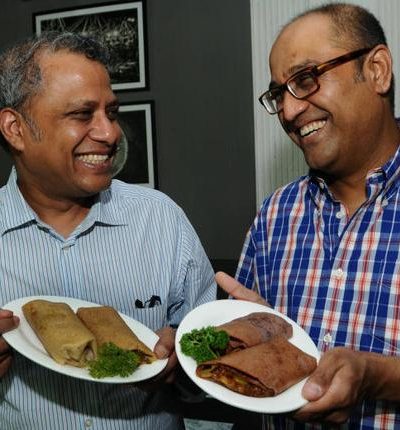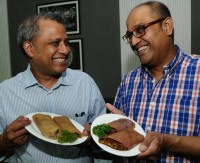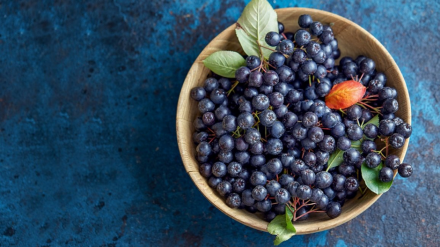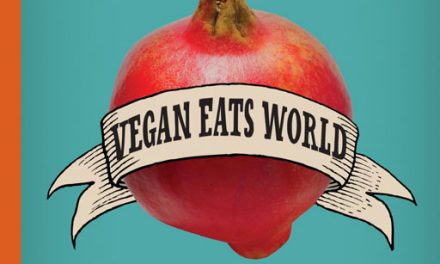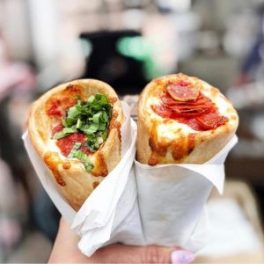By Sanjay Vijayakumar – The Economic Times
Two former investment bankers, who have together managed about $1.5 billion (nearly Rs 8,500 crore) in assets, are convinced that the dosa has what it takes to help Indian cuisine enter the big league in the West.
For more than a year now, Jawahar Chirimar and Sam Subramaniam, who have more than 20 years of experience each in investing and managing firms, including some glitzy restaurants, have been experimenting and trying to redesign the dosa to make it more appealing to the Western palate.
This Diwali, they will launch the first outlet of Soho Tiffin, which will have interesting combos of dosas in the form of wraps, in New York. They have tied up with Chennai-based restaurateur M Mahadevan to open five restaurants in New York over the next 12 months with an investment of about $5 million (Rs 28 crore).
“For Americans, our (Indian) food is too heavy and spicy,” says Chirimar, who is from Kolkata and has a doctorate from the University of Pennsylvania. “As a result, most Indian restaurants here are frequented by those coming from the subcontinent. An American usually does not go to these restaurants more than once a week or month,” says Chirimar, who has worked with Citi and Lehman Brothers in the United States.
Chirimar also co-founded IREO, India’s first foreign real estate fund whose capital is now over $2.5 billion (about Rs 14,200 crore). Subramaniam, who was part of the IREO fund-raising team, had in 2008-09 led the formation of a joint venture between investment banking companies Avista and Houlihan Lokey in Asia.
Chirimar says the concept behind Soho was to recreate Indian dishes in a quick-service format that can be eaten daily and is healthy. Both Chirimar and Subramaniam felt the dosa would be the perfect vehicle for such dishes as it is versatile and healthy.
“Dosa is a very versatile meal as a wrap. Because what we have done is we have created multiple dosa batters. In addition to the traditional dosa batter of lentil and rice, we are running a focus group to check three other kinds,” says Chirimar. “There is one with dal and whole wheat, one with dal and oats, and a third with dal and black rice.”
Chirimar is confident that by highlighting the nutritional value of the dosa—fermented dishes are better for digestion— and by realigning the fillings to the American taste, Soho Tiffin’s dosa can do for Indian food what Chipotle Mexican Grill did to Mexican food.
Chipotle Mexican Grill, which derives its name from the Mexican Spanish term for a smoked and dried jalapeno, is a restaurant chain located in the US, UK and other countries that specialises in burritos and tacos.
Before Chipotle was set up in 1993, there were many Mexican restaurants in the US that catered to the Spanish speaking population. However, non-Spanish Americans rarely visited these places as they felt the cuisine was too hot.
“What Chipotle did is that they changed the spice level and the presentation of the Mexican food. That has a created a very large retail chain in more than 1,400 locations and the stock has done phenomenally well,” says Chirimar. Chipotle today has a market capitalisation of about $11 billion (about Rs 62,000 crore).
“More important than the stock rise, it is the fact that Chipotle was able to take a cuisine that a very large number of Americans did not have access to and make it part of their everyday eating experience. That is the real success. We are trying to do something like that with the dosa.”
Americans are estimated to spend 41% of their food dollars on foods eaten outside the home. This is up from 26% in 1970. Adults and children consume an average of one-third of their calories from eating out.
The Soho dosas will be much thicker and have some fillings such as lemon rice, soya, chicken, beef, fish and potato masala. Also, instead of sambar and coconut chutney, they will be served with different kinds of dips. The health-conscious can choose dosas that are below 400 calories, while those in the mood to indulge can settle on the heavier 800-calorie dosas.
Once done, the dosa will be 8 inches long and about 3 inches wide in the form of a wrap that will be cut into two halves. “Our target audience will be officegoers and students, which means affordability.

